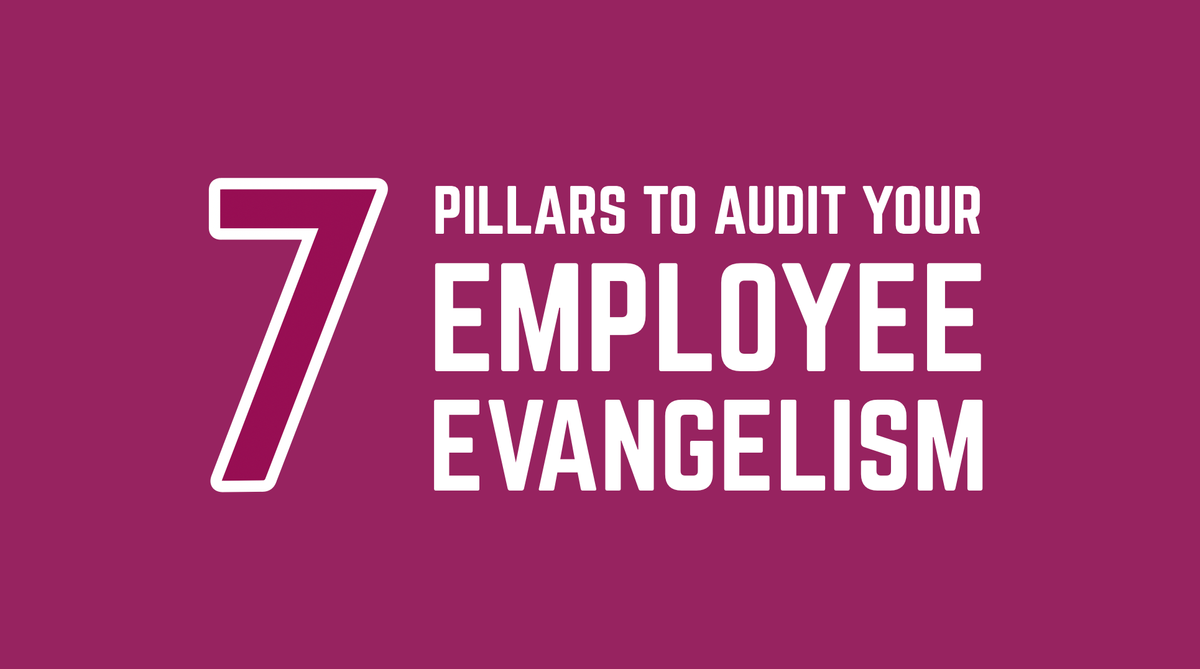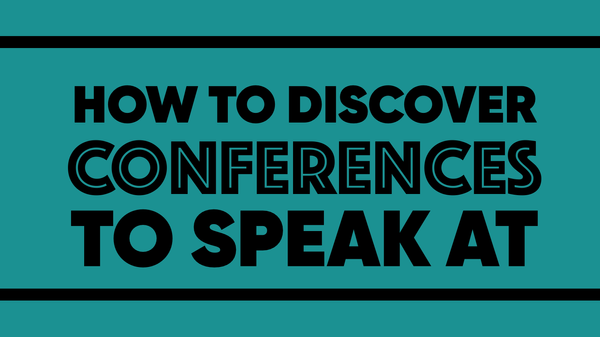7 Pillars to Audit Your Employee Evangelism

Imagine you're planning a vacation and you need to book a hotel. You have two options. The first one has no website, no reviews, and no pictures of the rooms – just a name and a phone number. The second option: a well-designed website with clear descriptions of rooms, amenities, and glowing testimonials from satisfied guests. You can even take a virtual tour to see exactly where you'll be staying.
Which hotel do you choose?
Deciding where to work isn't as simple as booking a hotel room, but the importance of transparency remains. Just as we want to know what to expect from our hotels, potential employees want to know what they're signing up for when joining a company. Keeping our teams shrouded in mystery doesn't help anyone. So, how can we become the inviting, transparent choice that everyone wants to make?
Employee evangelism is when a company's own team members become advocates for their organization, their team, and their contributions, sharing their expertise and experiences with the wider community. Employee evangelism is essentially about shining a spotlight on the team—by the team itself. It's in my eyes the best way for people external to the company to see what is going on, cause they're hearing firsthand what it is like to work at the company.
I've been passionate about employee evangelism for years. I first spoke about it in my Lead Dev London talk in 2016 where I shared what initiatives I had set up at FutureLearn to create an environment where everyone felt encouraged to contribute to our team's external engagement efforts. Since then, my journey has been a continuous learning curve, filled with insights on how to nurture and evolve team culture while keeping people engaged and motivated to contribute consistently.
From those experiences, one thing has become clear: successful employee evangelism goes beyond mere enthusiasm—it requires a strategic approach. It's about equipping team members with the tools, skills, and support they need to effectively contribute to external engagement initiatives. This isn't something that can happen overnight, but you can make small steps towards building up a culture that supports this.
In today's blog post, I wanted to highlight the first step in building a culture that fosters more employee evangelism: auditing your engineering team's readiness for external engagement. By assessing various aspects of your team's capabilities and culture, you can identify strengths and areas for improvement, paving the way for effective employee advocacy.
Here are seven pillars to audit your engineering team's readiness for external engagement:
- Skills: Assess whether your team members possess the necessary skills to contribute meaningfully to external conversations. This includes technical expertise, communication skills, and the ability to articulate complex concepts clearly and compellingly. Ask yourself: does my team have the skills to contribute?
- Confidence: Evaluate the level of confidence among team members when it comes to engaging with external audiences. Confidence is key to effective communication and can be nurtured through training, mentorship, and recognition of achievements. This is about understanding people's fears and blockers - what's stopping them from having the confidence to contribute?
- Time: Consider whether team members have the bandwidth to dedicate to external engagement activities and whether they understand how much time they can spend on this. It's essential to balance these activities with their core responsibilities to avoid overburdening individuals.
- Incentive: Determine whether there are adequate incentives in place to motivate team members to actively participate in external engagement efforts. This could include recognition programs, career advancement opportunities, or tangible rewards for contributions.
- Content: Figure out whether team members have a clear understanding of the type of content they can contribute to external discussions. Do you have guidelines, resources, and support to help them identify what topics they could focus on? Does your team know what to contribute?
- Process: Examine what processes and channels you have for team members to contribute to external engagement initiatives. This includes identifying relevant platforms, defining roles and responsibilities, and streamlining approval procedures to facilitate timely participation. Does your team know how to contribute?
- Vision: Consider whether you've communicated the broader vision and purpose behind employee evangelism. Do team members understand why their contributions are valuable?
By evaluating your engineering team's readiness across these seven pillars, you can identify areas for improvement and understand what the current team blockers and challenges are. Once you know what areas need attention, you can take proactive steps to address them. This might involve things like providing training opportunities to enhance skills, implementing recognition programs to boost motivation, or refining processes to streamline participation.
It all depends on the outcome of the audit, your organisation and what type of external engagement you want to focus on: addressing some challenges will be of a higher priority than others. I'll be exploring strategies and techniques for these in future blog posts.
With the right support and resources in place, your team can become powerful advocates for your organization, driving growth, innovation, and industry recognition. By fostering a culture of external engagement and empowering your team members to share their expertise and insights, you not only amplify your organization's presence but also nurture a sense of pride and fulfilment among your employees.
Remember this: whether booking a hotel or choosing a workplace, people need to understand what they're buying into. You need to help create an environment where your team can shine a spotlight on what they do. Building such a culture doesn't happen overnight; it requires dedicated effort and time. So, take your first steps in exploring how to create a culture of employee evangelism, and audit your current practices and processes.




